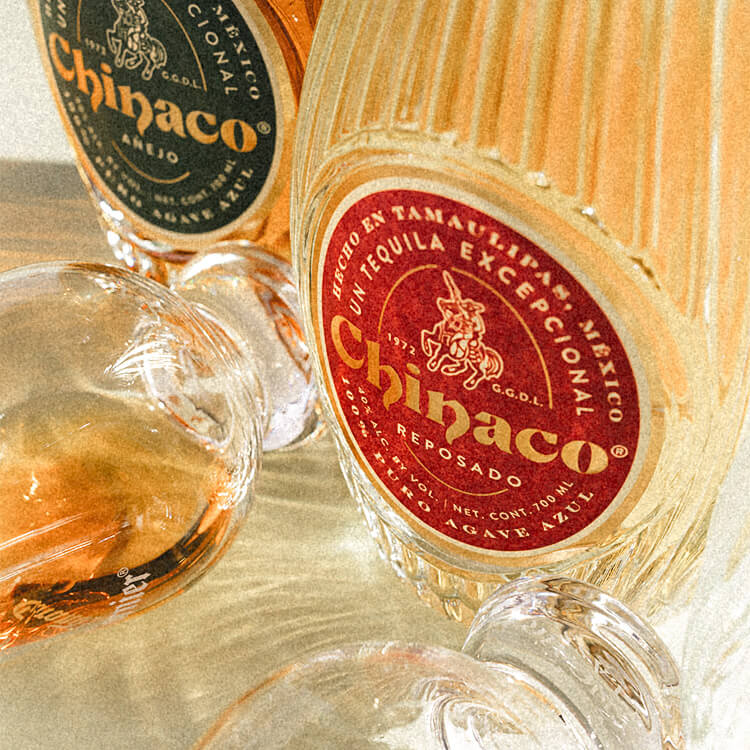Embarking on a tequila tasting journey unveils a world of profound flavors and rich heritage. From the clear, spirited blanco to the deeply nuanced extra añejo, each type of tequila offers a unique profile to explore. This tequila tasting guide will immerse you in the art of tequila tasting, helping you to discern and appreciate the intricate flavors and textures that define this iconic spirit.

1. Start with the Basics: Types of Tequila
Understanding the types of tequila is the first step in mastering the tasting process. Here’s a brief overview:
- Blanco (Silver) Tequila: Unaged and bottled shortly after distillation, blanco tequila presents a bright, pure expression of agave with sharp, peppery notes.
- Reposado Tequila: Aged for two to twelve months in oak barrels, reposado offers a balance, introducing smooth caramel and mild spice flavors.
- Añejo Tequila: Aged between one and three years, añejo tequila boasts a richer, more complex profile with pronounced notes of vanilla, dried fruit, and toasted oak.
- Extra Añejo Tequila: Aged for over three years, extra añejo tequila delivers sophisticated, deep flavors often compared to fine whiskies, showcasing elements of chocolate, coffee, and mature wood.
2. Decoding the Flavor Profile
Tasting tequila is about appreciating the layers of flavor that develop through its creation and aging process. This section of our tequila tasting guide will walk you through the key steps:
- Nose the Tequila: Begin by smelling the tequila to identify the first hints of agave, citrus, or wood. Each sniff reveals layers—perhaps floral, herbal, or earthy tones.
- Savor the Sip: Take a small sip and let it coat your palate. Identify the immediate flavors—is it sweet, bitter, or balanced? Notice how blanco tequilas express raw agave and zest, while añejos offer a smoother, richer wave of caramel and spice.
- Feel the Texture: The body of the tequila can be light and crisp or rich and velvety. This mouthfeel contributes significantly to the tasting experience.
- Finish with Care: The finish refers to the aftertaste and the length of flavor persistence after swallowing. A high-quality tequila will have a finish that lingers pleasantly, inviting further sips.
3. Tasting Across the Spectrum
To fully appreciate tequila, this tequila tasting guide encourages you to taste across the spectrum:
- Blanco for Purity: Start with a blanco to appreciate the pure flavors of agave.
- Move to Reposado: Transition to a reposado to enjoy the softening effects of oak.
- Explore Añejo: Experience the complexity of añejo as it introduces deeper, intertwined flavors.
- Conclude with Extra Añejo: Finish with an extra añejo to savor the sophistication of extensively aged tequila.
4. Pairing and Enhancing the Experience
Enhance your tasting experience by pairing tequila with appropriate foods like citrusy ceviche, spicy tacos, or even rich chocolate. These pairings can highlight the tequila’s flavors and create a more rounded sensory experience.
Conclusion
Tequila tasting is a refined art that blends tradition and craftsmanship. By understanding the types of tequila and their unique characteristics, you can embark on a sensory journey that delights and educates. Whether you are a seasoned connoisseur or a curious novice, this tequila tasting guide offers a story of heritage and craftsmanship with each sip. Cheers to a journey of discovery and appreciation in the world of fine tequila!


